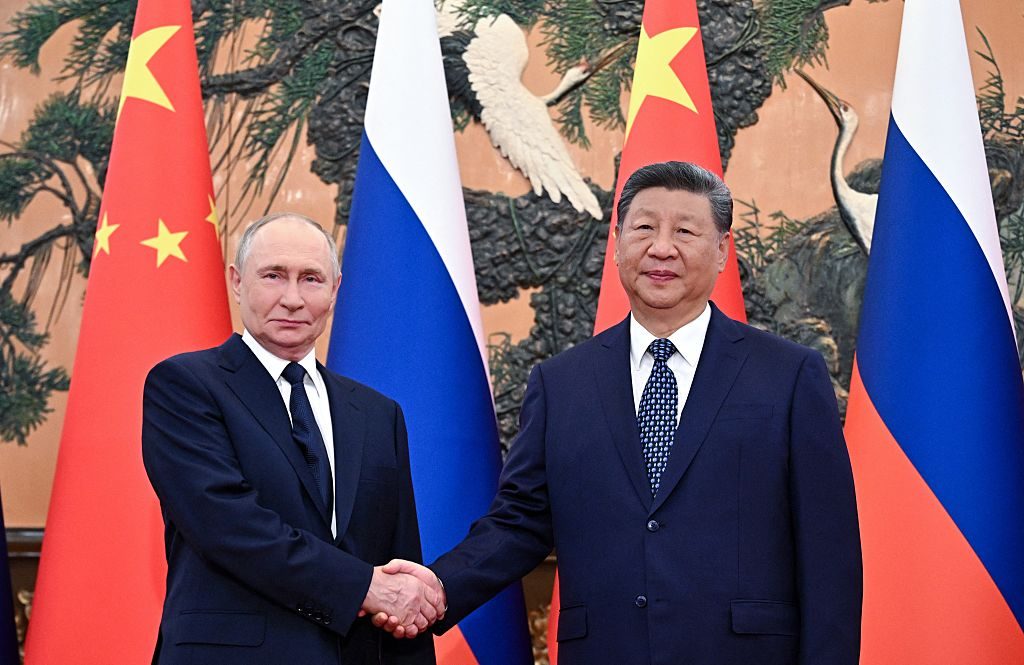
Tuesday’s announcement that Moscow and Beijing have agreed to construct a significant new pipeline to transport natural gas from Russia’s Arctic to China marks a pivotal shift in global energy dynamics. Although details of the agreement remain sparse, the trajectory is unmistakable. Since Russia’s 2022 invasion of Ukraine, the world has witnessed the emergence of a two-tier energy market. Nations willing to purchase Russian energy, despite Western sanctions, enjoy substantial discounts compared to global price benchmarks. The Power of Siberia 2 (POS2) deal underscores the persistence of this market structure, potentially forming a new “axis of energy” with significant economic benefits for buyers of Russian oil and gas.
The POS2 project, which envisions a 3,000 km pipeline capable of transporting 50 billion cubic meters annually—similar to the now-defunct Nord Stream 2 pipeline—has been stalled due to disagreements over financing and contract pricing between Moscow and Beijing. However, the recent breakthrough, highlighted by a “legally binding memorandum” signed during Russian President Vladimir Putin’s visit to China, suggests these obstacles have been overcome.
The Economics Behind the Deal
President Putin’s visit to China was likely timed to coincide with this high-profile announcement, but the real catalyst appears to be an agreement on gas pricing. According to Alexei Miller, CEO of Gazprom, the price for gas delivered to China will be lower than that sold to Europe, a discount he attributes to higher transportation costs. However, this reasoning is misleading. In a seller’s market, increased transport costs typically lead to higher prices. Yet, the current market is a buyer’s market, allowing countries that defy Western sanctions against Russia to secure favorable terms.
Both China and India, major buyers of Russian energy, convened in Tianjin for the Shanghai Cooperation Organisation’s summit. While the meeting yielded little beyond the POS2 announcement, the rhetoric focused on establishing a new international order to challenge the U.S.-led system.
Energy Market Dynamics
The clearest evidence of this emerging order is visible in energy markets. Last Thursday, China received its first shipment of liquefied natural gas from Russia’s Arctic LNG 2 terminal, despite U.S. and EU sanctions on the project. Meanwhile, India has openly rejected U.S. sanctions, following the imposition of secondary tariffs as a penalty for its continued purchase of Russian crude oil. Despite these measures, which raise the U.S. tariff rate on most Indian goods to 50%, Indian officials remain steadfast, arguing that their Russian oil purchases are legal and refusing to yield to U.S. pressure.
India imports between 1.5 and 1.6 million barrels per day of Russian crude oil, second only to China, which purchases approximately 2.2 million barrels daily.
The paradoxical effect of Western sanctions is likely to increase India’s Russian oil imports. EU sanctions against Nayara Energy, a Russian-owned entity, have halted regular crude deliveries from Middle Eastern producers to India’s Gujarat oil refinery. Consequently, Nayara is expected to compensate for the shortfall by purchasing more Russian oil.
Long-term Implications
The long-term impact of U.S. secondary tariffs on India’s economy remains uncertain, as does the potential for Indian officials to reconsider their stance. However, Russia’s oil producers may bolster India’s resolve by offering larger discounts than the current $3-4 per barrel reduction. With the new $46.70 per barrel EU price cap on Russian oil shipments—32% below the current Brent market price of $68.90 per barrel—Russian sellers have ample room to offer discounts to buyers willing to accept shadow fleet cargoes while still profiting above the EU cap.
With no immediate end to the conflict in Ukraine, the dynamics observed in recent weeks—China and India defying Western pressure and continuing to purchase discounted Russian energy—are likely to intensify. Over time, this could provide a marginal economic advantage to China and India relative to Western nations, reinforcing a trend where energy-intensive industries, such as petrochemicals, migrate from Western economies to Asian ones.
“The world has a new axis of energy, and it does not revolve around Western economies.”
This shift is indicative of broader geopolitical changes, as countries like China and India leverage their energy partnerships to challenge established global power structures. As the situation evolves, the implications for international relations and global energy markets will be profound, potentially reshaping the economic landscape for years to come.







